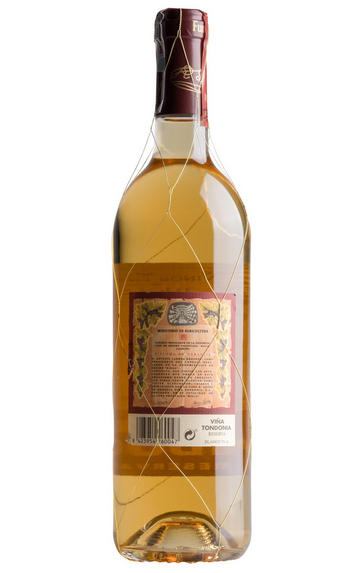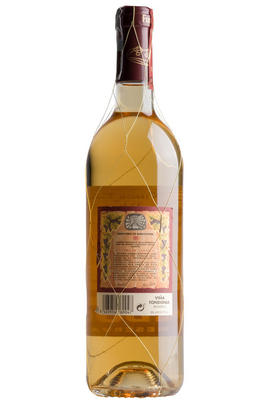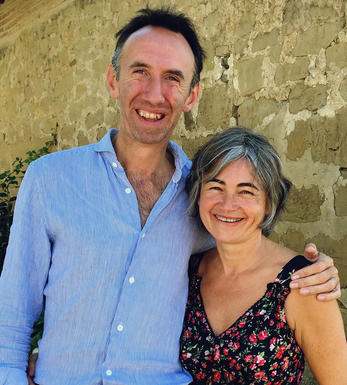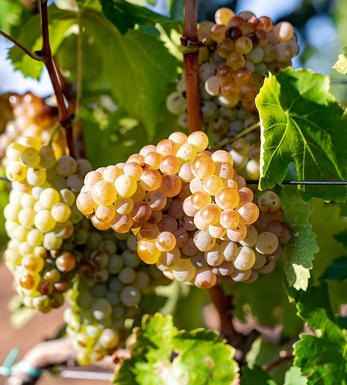
2004 Viña Gravonia Blanco Crianza, Bodegas R. López de Heredia

Critics reviews
Luis Gutirrez - 30/12/2013
About this WINE

Bodegas R. Lopez de Heredia
Bodegas López de Heredia (LDH) is one of the wine world’s great wine treasures. Founded in 1877 by Don Rafael López de Heredia y Landeta, it remains safely in family hands to this day.
The imposing bodega was built close to Haro railway station, significant for Rioja’s access to the ideas of Bordeaux. It survives as one of the foundation stones of the modern Riojan wine industry.
Unusually for Rioja, Lopez de Heredia produce wines solely from the fruit of their own 170 hectares of vines. These vines are in four separate vineyards arranged on the alluvial slopes overlooking the river Ebro, on the cusp of the sub regions Alta and Alavesa. Each is given its own expression in their wines Tondonia, Bosconia, Cubillo and Gravonia.
The grapes planted here are mainly Tempranillo with some Graciano, Garnacha and Mazuelo for the reds and Viura with Malvasia for the whites. The age of the vines plays a significant role in the character and quality of the wines, with some plantings reaching 80-100 years old. These gnarled vines deliver naturally low yields and help to bring high levels of complexity in the final wines.
LDH are not particularly vocal about their efforts around sustainability. This is because they don’t wish to promote their wines on the basis of practices they consider normal. Having never adopted the chemical regimes which became so widespread, they have not had to reverse any of the damage. They continue to manage their vineyards in a fashion which Don Rafeal would still recognise today.
The bodega itself is a cathedral of wine, with towering vats and stacks of barrels. Visitors can be left in no doubt as to the venerability of this place and the importance of tradition. As is typical in Rioja, oak has a significant role to play here. But new barrels, made onsite in their own cooperage, are broken in with wines which are reserved for bodega celebrations. When the barrels go into service after three years of seasoning the influence they exert on the wines is a slow and gentle development of personality rather than overpowering vanillin and lactones.
Wines are released with considerable age (far more than any legal requirements) and only when LDH deem them ready. If something runs out in the marketplace, they don’t rush to replace it; the new vintage will follow only when it’s finished. (A sometimes frustrating, but ultimately rewarding, experience for devoted followers.) In fact, not rushing is at the heart of the way the family works, in the vineyard and in the winery.
Their range of reds opens with their unusually complex and intriguing Crianza Cubillo. The three years which Cubillo spends in cask, plus four to five years in bottle before release, exceeds the legal levels for Gran Reserva. Bosconia Reserva appears in a Burgundy bottle – a hint as to the elegant yet full-bodied wine within. In exceptional years, a Bosconia Gran Reserva is also made. This is only released 20 years after the vintage, and it is predictably scarce.
LDH’s most famous and largest vineyard is the magnificent Tondonia, first established by Don Rafael in 1913. It’s made up of 100 ha of red and white grapes. Tondonia Reserva is always full of energy; a showcase for the bodega’s trademark freshness. The Gran Reserva is only made in the best years; it has massive concentration and demands long ageing.
The white wines are nothing short of extraordinary. Viña Gravonia is made from 24ha of Viura grown in the Zaconia vineyard near the banks of the river Ebro. This vineyard ticks every conceivable box to produce white grapes which achieve ripeness and intricate character. An intricacy which is further enhanced by four years in cask and at least the same again resting in bottle before release. The two Tondonia Blancos – Reserva and Gran Reserva – go further still, spending six and 10 years in cask respectively.
Their oxidative style is not to all tastes, but – for those who enjoy them – they are impossible to substitute. Served with food they positively gleam.

Viura
Viura is a synonym for Macabeo and is the most widely planted white grape variety in Rioja. It is a fairly straightforward grape to cultivate, although it is susceptible to disease and in particular to downy mildew and grey rot. It is a generous-yielding grape and in Rioja it tends to be blended with approximately 5% Malvasia to produce classic white Riojas. In Rioja Alvesa it is often blended with Tempranillo to produce high quality Red Riojas.
In the wrong hands, Viura can produce rather neutral tasting wines. However skilled winemakers manage to preserve the grape`s natural aromatic freshness and produce wines that are enhanced by oak maturation rather than overwhelmed. Marqués de Cáceres and Herencia Remondo are widely recognised as two of the finest exponents of Viura in Rioja.


Buying options
Add to wishlist
Description
After the power and the glory of the 2003, a more typical vintage, more than typical indeed as 2004 is very highly regarded in Rioja, now vying with the 2001 for the accolade of vintage of the decade. 100 year old Viura is a very different beast to young Viura, rare and fascinating, its acidity reawakened by time’s alchemy.
Aged for four years in American oak, this is the archetype of old-style white Rioja, with a nose of quince, beeswax, verbena and honeycomb and a palate that manages both to be outstandingly decadent yet reassuringly fresh; almonds, agrumes and apricots a hint of cream and honeysuckle, then a long finely etched finish.
Simon Field, MW - Wine Buyer
wine at a glance
Delivery and quality guarantee